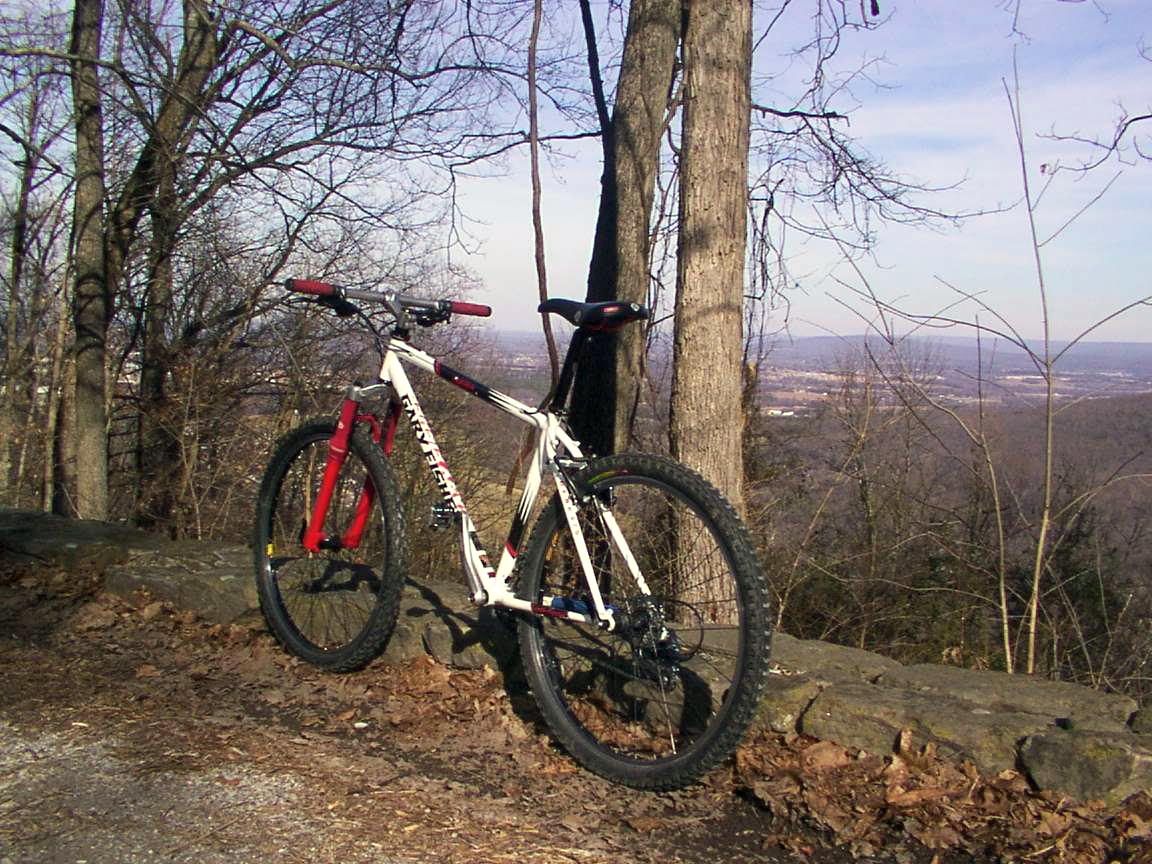Looking at the stumpjumper comp, and canondale flash, the Al frames are really light. But the XXIX-G (10 model, on closeout) is also not as heavy as Id have thought.
I guess the reality is that the frame is only a small component of the big picture.
My concern is compliance versus stiffness. Steel absorbing shocks and bumps is great, but if it flexes too much, Im not happy. My current bike made of easton ultralight aluminum, flexes under certain pedaling conditions such that I hear the tire rubbing the chainstay during part of my stroke. I dont want that kind of flex from whatever it is.
The other issue with the XXIX-G is that it doesnt have 1.5" headset, 15QR or similar strengthened axles, or BB30 or similar heavier BB. As a bigger rider, Id think that these things would be beneficial... Not sure though as Im not smart enough on components, etc.
The bike is this:
http://www.raleighusa.com/bikes/mountain/2010-mountain/xxixg/
Code:
Sizes
SM, MD, LG, XL
Frame
4130 Butted Chromo w/CNC Dropouts, Replaceable Insert
Fork
Rock Shox Tora SL, 80mm
Cranks
Truvativ Fire X 22/32/44t
BB
Truvativ GXP External Bearing
F.Derail
Shimano Deore
R.Derail
SRAM X-7
Shifter
SRAM X5 9spd
Br.Levers
Avid Elixir 5
Brakes
Avid Elixir 5 185/160mm Rotor
Gear
SRAM PG950 9spd (11-34t)
Rims
Weinmann XM280
Tires
Geax Saguaro 29x2.2
Pedals
Avenir ATB Resin Platform
Handlebar
Easton EA50 31.8
Stem
Avenir 200 Series, 3D Forged 31.8
Seatpost
Avenir 200 Series 27.2x400mm
Seat
WTB Laser V Comp
Headset
Ahead 1-1/8" w/Alloy Cups
Colors
Dark Brown
Spokes
14g Stainless MAC w/Alloy Nipples
Grips
Raleigh Dual Density
Extras
Water Bottle Mounts, Cateye Reflector Set
Note
Specifications are Subject to Change
Id have preferred x7/x9 level for everything and Elixir R (I have CR on my current bike and like them), but for the cost delta, that stuff can go on when needed in the future. The headset IIRC is labelec cane creek not ahead, FWIW.
Dont know much about the rims, would have preferred some strong light ones but that is another price point thing. Not sure of the hubs, but I assume perhaps they are basic shimano. If/when Id upgrade wheels, Id likely add king hubs. Ditto for the BB, though I think I have a GXP on my canondale road bike and it seems to be fine...
Thoughts? Thanks for all the insight!

